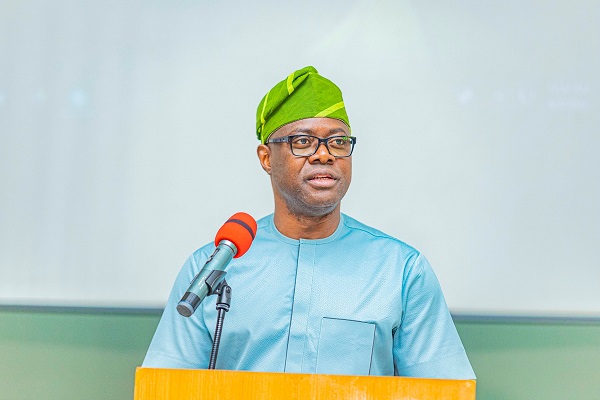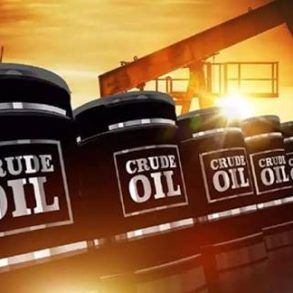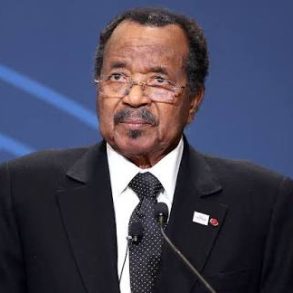In a bid to further develop Òyó State and attract private sector investment, Governor ‘Seyi Makinde has announced plans to revive the abandoned Ikere Gorge Dam in Iseyin.
The governor revealed this via his biweekly newsletter last night.
He said he had spoken with investors who had expressed interest in completing the power plant at the dam, with the condition that the access road leading to the dam was improved.
Governor Makinde emphasized the importance of thinking outside the box and turning the state’s comparative advantage into a competitive advantage.
He also highlighted the need to create a conducive environment for private sector investment in order to drive economic growth.
Governor Makinde acknowledged that tough decisions might need to be made in the course of governance, but reassured the people that their feedback would be taken into consideration.
He also emphasized the importance of using available resources to meet the needs of the people and drive developmental projects.
The revival of the Ikere Gorge Dam was expected to not only provide electricity, but also create opportunities for economic growth and development in Iseyin and its surrounding areas.
With the governor’s commitment to attracting private sector investment and developing infrastructure, Òyó State was poised for continued progress and development.
Ikere Gorge Dam
The dam was initiated by the military regime of General Olusegun Obasanjo and started in 1983 by the administration of Shehu Shagari.
The dam was planned to generate 37.5 MW of electricity, to supply water to local communities and to Lagos and to irrigate 12,000 hectares of land.
Built in 1982/1983, work on the dam was abandoned by subsequent military governments.
Even the German company, Garbe, Lahmeyer & Co that manufactured the two turbines intended for power generation from the dam folded up in 1993.
As a result of the 40-year abandonment of the project, the multi-million equipment, including alternators, two turbines of 3-MW each and other electrical components are now rusty.
The 40-metre wide tunnel constructed for the project now serves as home for bats.
The bats flipped their wings in the air as bulbs shone light on them when the project manager switched on the reservoir’s giant Perkins generator.
The Ikere Gorge Dam was conceived as a multi-purpose project to aid power generation, water supply, irrigation and fishing.
565 million cubic metres reservoir, the biggest in South-West Nigeria.
Nigeria produces about one million tonnes of fish yearly – 313,231 metric tonnes from aquaculture and 759,828 metric tonnes from fisheries. That is less than half of the local demand of 2.7 million tonnes.
To bridge the gap, the country imports over 600,000 tonnes of fish —primarily marine fish — annually.
In September 2019, the Governor of the Central Bank of Nigeria, Godwin Emefiele, said Nigeria spends about $1.2 billion annually on fish importation.
According to the Food and Agriculture Organization, Nigeria is the fourth highest importer of fish in the world.
Aquaculture in general, and facilities like the Ikere Gorge Dam serving their purposes can help Nigeria produce enough fish domestically to meet local needs.
Late March 2019, the federal government approved the concession of five small and medium hydropower plants. The 6-MW Ikere Gorge Dam was concessioned to Messrs Power Control and Appliances Limited.
The 2MW Omi-Kampe Dam in Kogi was concessioned to Messrs Quaint Power and Infrastructure Nigeria Limited, while the 300 KW Zobe Dam, 4 MW Jibiya Dam in Katsina state and the 3-MW Bakolori Dam in Zamfara state were concessioned to Messrs Pan-African Global Infrastructure.
The power minister then, Babatunde Fashola, said the concessioning was to increase the nation’s power supply by 16.49MW and to cater for the power needs of their immediate and essentially rural communities.
However, there is no visible mark of Messrs Power Control and Appliances (PCA) Limited in Ikere since it got the facility.






